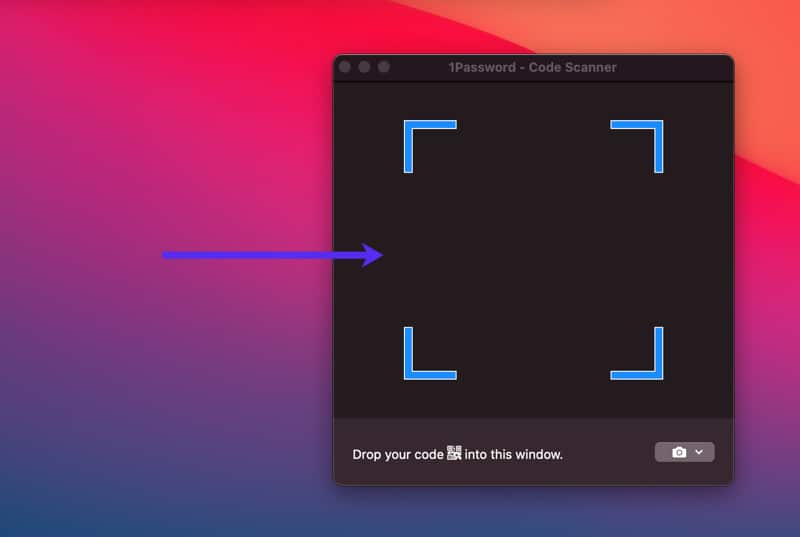Tip
With a strong, unique password for every site, you're very well-protected as things are, even without any 2FA; storing your 2FA codes in 1Password just gives you a little boost. Another 2FA bypassing method is to use a 3rd party login mechanism called OAuth. If you’re not familiar with OAuth, this is when you use Google or Facebook to log in to another account. Although this is a convenient way to log in to a website and Google or Facebook should be safe, it’s also a way for the hacker to bypass 2FA. Google Authenticator Issues. Many services recommend using Google Authenticator for 2FA. I originally used it before switching to Authy, but I switched for a reason that is still valid today: it doesn’t have any sort of backup or syncing functionality.
If you don’t have a U2F security key, use two-factor authentication with an authenticator app.
Set up your security key
Before you can use your security key as a second factor for your 1Password account, you’ll need to turn on two-factor authentication for your 1Password account. Then follow these steps:
- Sign in to your account on 1Password.com on your computer.
- Click your name in the top right and choose My Profile.
- Click More Actions > Manage Two-Factor Authentication.
- Click Add a Security Key.
If you don’t see Add a Security Key, turn on two-factor authentication for your 1Password account.
- Enter a name for your security key and click Next.
- Insert your security key into the USB port on your computer.
If Windows Security asks you to create a PIN, enter one and click OK. Your PIN is stored locally on your security key.
- Touch the sensor on your security key.
- When you see “Your security key was successfully registered”, click Done.
From now on, you can use your security key instead of a six-digit authentication code to sign in to your 1Password account in your browser, 1Password for iOS, and 1Password for Android.

View and manage your security keys
To view your security keys:
- Sign in to your account on 1Password.com.
- Click your name in the top right and choose My Profile.
- Click More Actions > Manage Two-Factor Authentication.
To prevent a security key from being used as a second factor, click Remove next to it.
To allow another security key to be used as a second factor, click Add a Security Key and follow the onscreen instructions.
Learn how to view and manage computers and mobile devices that are authorized to use your 1Password account.
Get help
You can use your security key as a second factor for your 1Password account:
- on 1Password.com
- on your iPhone or iPad (requires YubiKey 5 NFC, YubiKey 5C NFC, or YubiKey 5Ci)
- on your Android device
Using your security key as a second factor requires:
- a 1Password membership with two-factor authentication turned on
- a U2F security key, like YubiKey or Titan
To sign in to your account in the 1Password apps or in a browser without U2F support, enter a six-digit authentication code from your authenticator app.
1password Google Authenticator
If you lose access to your security key
1password Add 2fa
If you lose access to your security key, you can still sign in to your 1Password account:
On 1Password.com
When you’re asked for your security key, click Cancel. Then click “Use your authenticator app instead” and enter a six-digit authentication code from your authenticator app.

On your iPhone or iPad
When you see Two-Factor Authentication Required, choose Authentication Code, then enter a six-digit authentication code from your authenticator app.
On your Android device
When you see “Use your security key with 1Password”, tap the back button on your device and enter a six-digit authentication code from your authenticator app.
1password 2fa Google Maps
Get help if you also lost access to your authenticator app.
